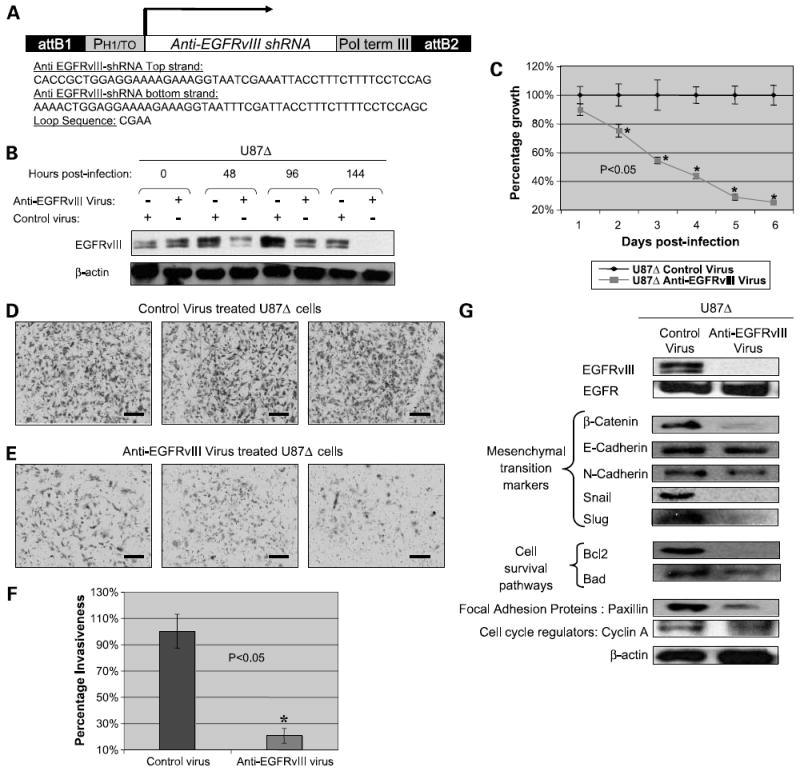Figure 5. Effects of anti-EGFRvIII lentivirus on proliferation and invasiveness of U87Δ cells.

A, structure of anti-EGFRvIII lentivirus expressing anti-EGFRvIII shRNA and the sequence for this shRNA along with loop sequence. B, silencing of EGFRvIII on exposure of U87Δ cells to anti-EGFRvIII virus. Cells were exposed to control and anti-EGFRvIII virus and a complete inhibition of expression was observed at 144 h post-infection. Representative of three independent experiments. C, cell proliferation assay done on U87Δ cells exposed to anti-EGFRvIII and control virus up to 6 days post-infection. D and E, light microscopy (×20) images of the density of invaded U87Δ cells on the third day following electroporation with anti-EGFRvIII siRNA. Invasiveness was evaluated by a Matrigel-based cell invasion assay. Bar, 600 μm. F, quantification of invaded U87Δ cells following exposure to the anti-EGFRvIII siRNA and control viruses. This was achieved by dissolving U87Δ cells in NP-40 solution and performing spectrophotometry. G, Western blotting results for a series of EMT markers (β-catenin, E-cadherin, N-cadherin, Snail, and Slug), focal adhesion kinase protein paxillin, and cyclin A confirm reduction of many of these factors on exposure of cells to the anti-EGFRvIII virus silencing EGFRvIII. An exception was found in case of E-cadherin, EGFR, and β-actin where no significant changes were observed.
